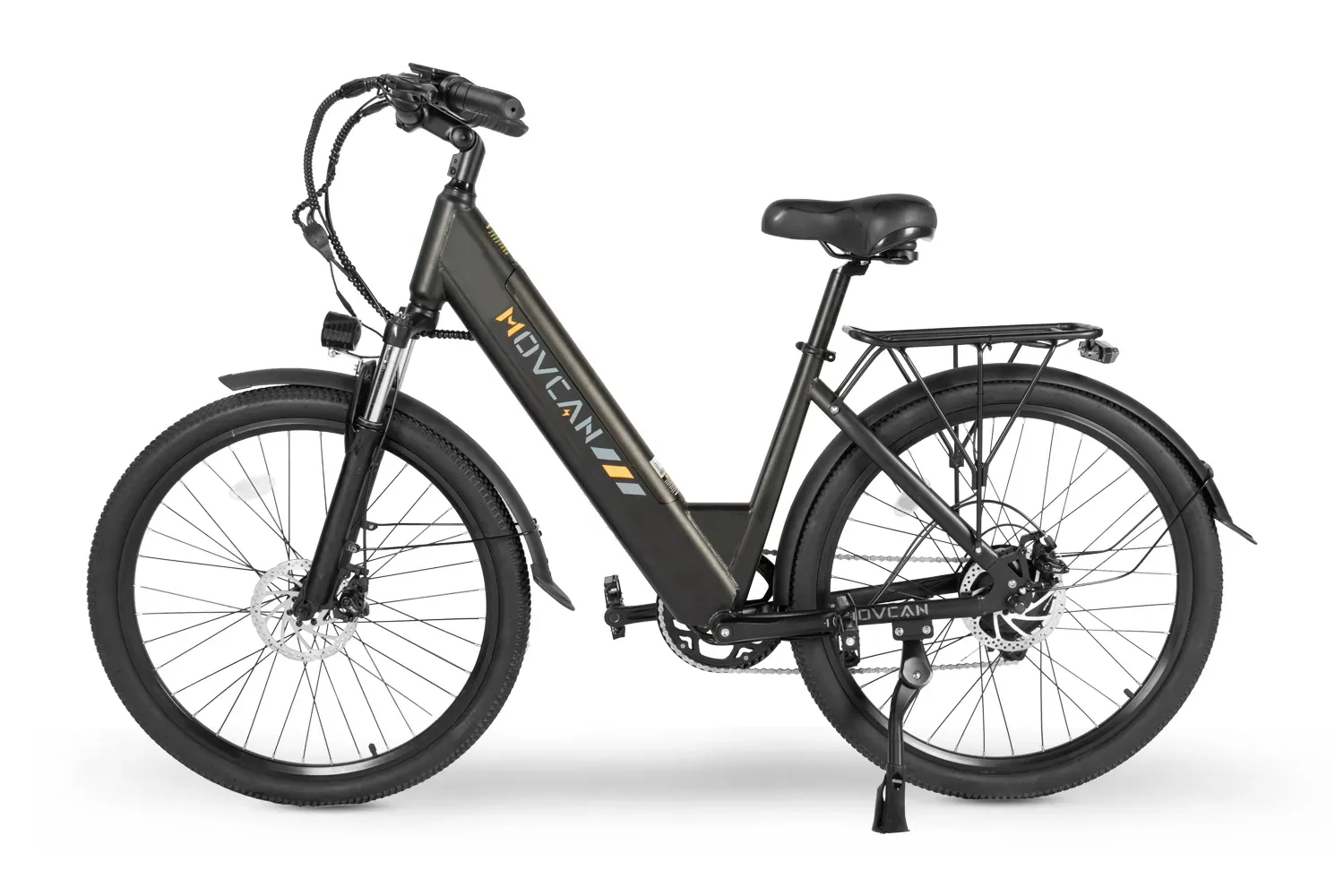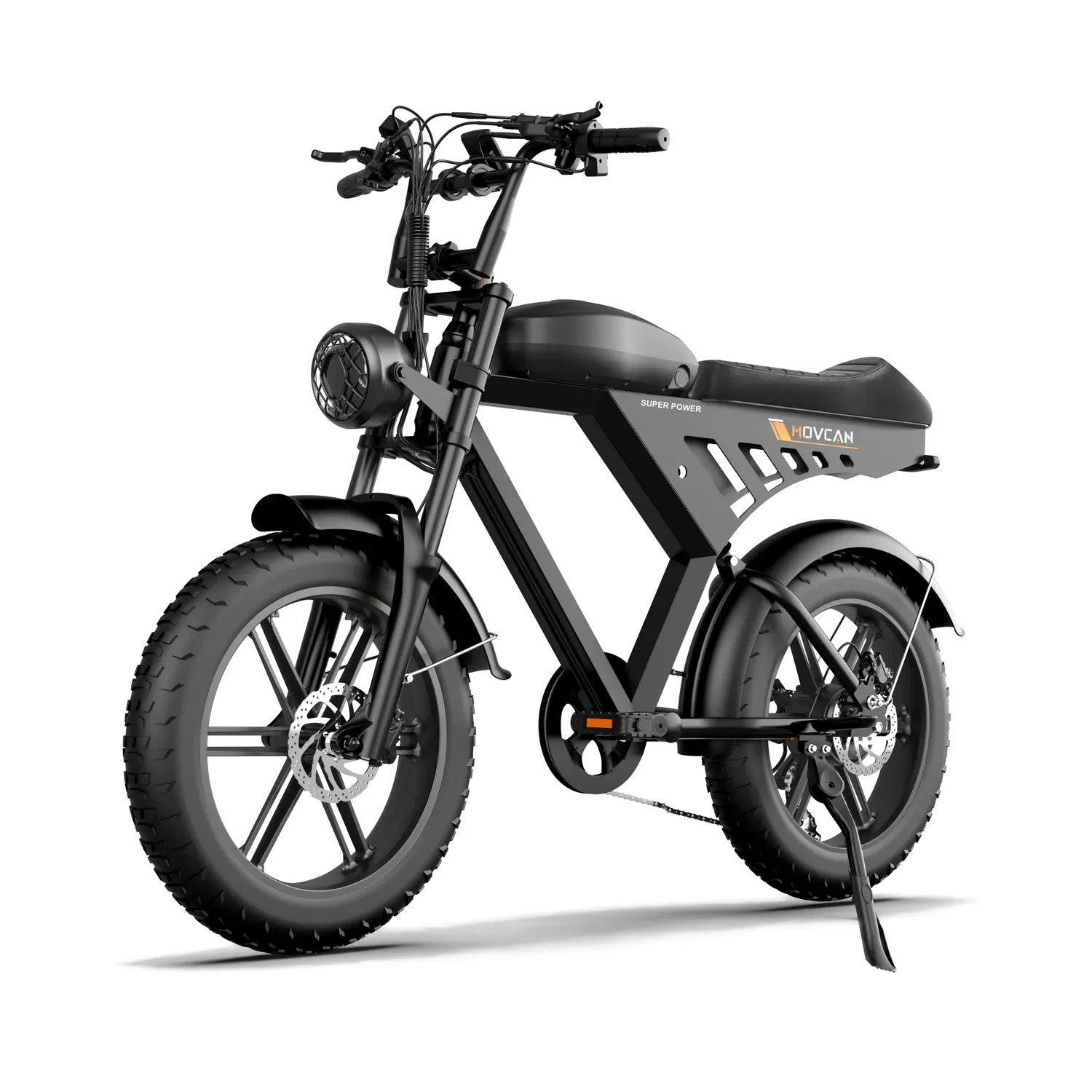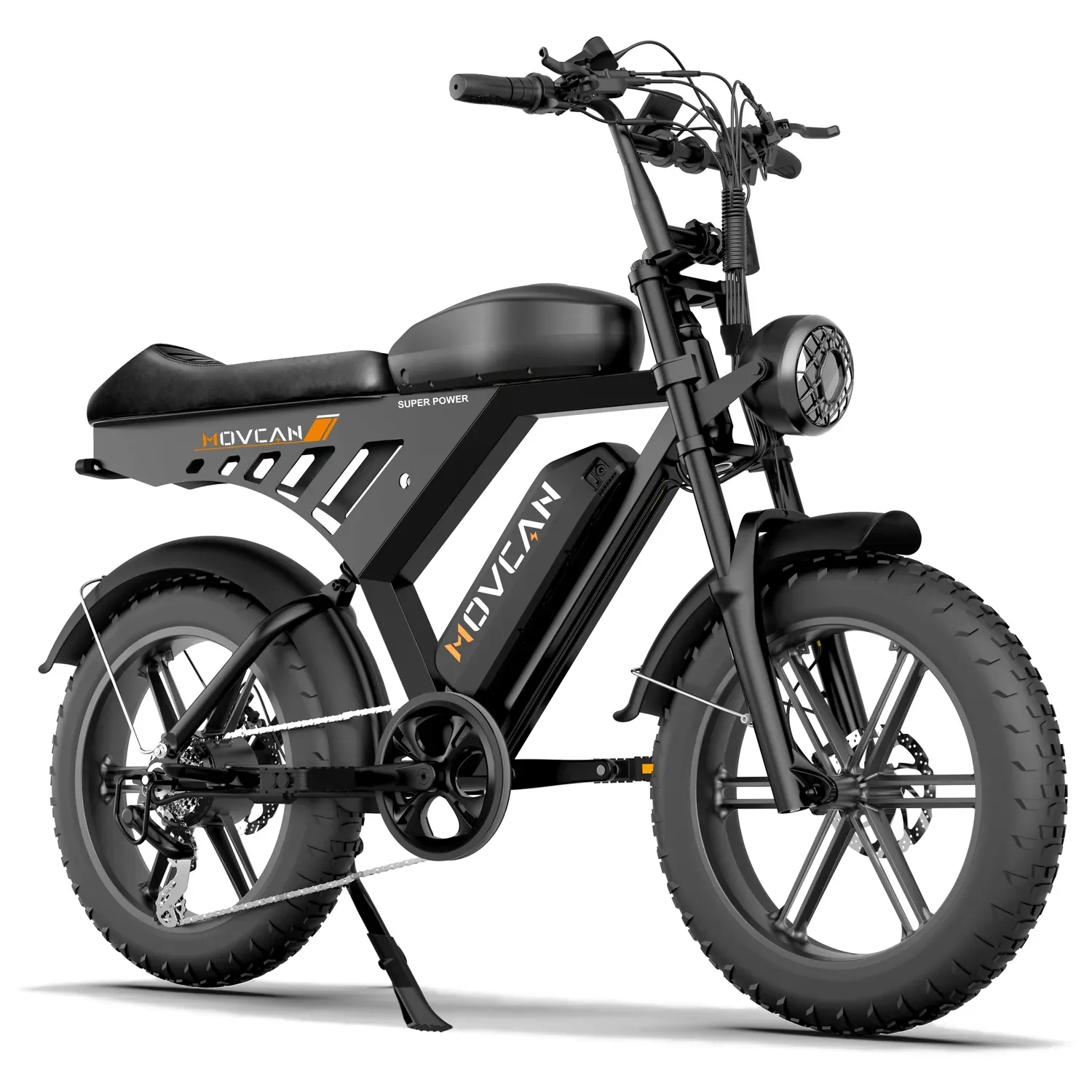
How Many Watts Are Enough for an E-Bike?
E-bikes have surged in popularity as an eco-friendly and efficient mode of transportation. These electrically assisted two-wheelers offer a convenient alternative to traditional bikes and cars, especially in urban settings. A critical factor in the performance of an e-bike is its motor wattage. Motor wattage significantly affects speed, power, and overall ride quality. This leads many to ask, "How many watts is enough for an e-bike?"
Understanding E-Bike Wattage
E-bike wattage refers to the power output of the bike's motor. It is a crucial metric that determines how much assistance the motor provides. Higher wattage typically means more power, which translates to greater speed and torque. To calculate the wattage of an e-bike, multiply the voltage (V) of the battery by the maximum current in amps (A).
Types of E-Bike Wattage
250 Watts
The most common wattage for e-bikes is 250 watts. This wattage is widely accepted legally in many regions. A 250W motor provides a good balance of power and efficiency, making it ideal for urban commuting. These e-bikes are perfect for daily errands, commuting to work, and casual rides around town. They are lightweight and often foldable, making them easy to store and transport. However, they may struggle with steep inclines and heavier loads.
500 Watts
For those needing more power, 500 watts offers enhanced performance. E-bikes with a 500W motor can handle moderate inclines and more varied terrain with ease. They provide a top speed of around 20 mph and offer about 45 newton meters of torque. This makes them suitable for riders who want a bit more help from the motor, especially on mixed terrains. All-terrain e-bikes often feature this wattage, offering a robust ride for both city streets and light trails.
750 Watts
750 watt motors are designed for more demanding rides. These motors deliver high power suitable for off-road adventures and challenging terrains. With a top speed of 28 mph and around 75 newton meters of torque, 750W e-bikes excel in providing the necessary force to tackle steep hills and rough paths. They are commonly found in off-road and mountain e-bikes, offering a robust and thrilling ride.
1000 Watts
When it comes to professional-grade e-bikes, 1000 watts is a significant benchmark. 1000 watt e-bikes are built for mountainous and cross-country terrains, providing up to 100 newton meters of torque and speeds of around 32 mph. Due to their high power output, they are best suited for experienced riders who need a reliable bike for challenging environments. However, their high power can quickly deplete the battery, making them less suitable for casual, everyday use.
1500 Watts
At the extreme end of the spectrum, 1500 watt e-bikes offer immense power and speed, often exceeding 40 mph. These e-bikes are designed for specific purposes and are restricted or banned in many regions due to safety concerns. They provide over 100 newton meters of torque, making them capable of handling the most demanding terrains. Due to their high power, they are not recommended for beginners and are best suited for specialized use.
Choosing the right wattage for your e-bike depends on your specific needs and riding conditions. Whether you’re commuting through the city, tackling off-road trails, or seeking high-speed thrills, understanding e-bike wattage helps you make an informed decision for a better riding experience.
Choosing the Right Wattage for Your E-Bike
Selecting the right e-bike wattage is crucial for ensuring you get the best performance and experience from your e-bike. Here are key factors to consider:
Terrain: Flat vs. Hilly Regions
If you mostly ride on flat terrain, a 250W or 500W motor will suffice. These motors provide adequate power for smooth, easy rides. However, if you encounter hilly or uneven terrain, consider a 750W or 1000W motor. The extra power helps in climbing steep inclines and navigating rugged paths with ease.
Commuting Distance and Battery Life
For daily commutes, especially over long distances, battery life is essential. A 250W motor is efficient and consumes less battery, making it ideal for longer rides. A 500W motor strikes a good balance between power and battery consumption, suitable for moderate distances. Higher wattage motors (750W and above) offer more power but drain the battery faster, making them better for shorter, more demanding rides.
Rider Experience and Comfort Level
Beginners may find lower wattage e-bikes (250W or 500W) more manageable. These motors provide sufficient assistance without overwhelming the rider. Experienced riders might prefer the enhanced power and torque of 750W or 1000W motors, which offer a more dynamic and responsive ride.
Matching E-Bike Wattage to Specific Needs
- For Commuters: A 250W or 500W motor is perfect for daily travel, offering a good mix of power and efficiency for urban environments.
- For Off-Road Enthusiasts: A 750W or 1000W motor is ideal for tackling rugged paths and challenging terrains, providing the necessary torque and speed.
- For Speed Seekers: Higher wattages can be tempting, but it's important to evaluate the risks. While 1000W and 1500W motors offer impressive speed, they also come with safety and legal considerations.
Legal and Safety Considerations
Overview of Legal Wattage Limits
Different regions have varying legal limits on e-bike wattage. It's essential to check local regulations to ensure your e-bike complies with the laws. In many areas, e-bikes with motors up to 500W are typically allowed for road use.
Safety Tips for High Wattage E-Bikes
High wattage e-bikes (750W and above) offer greater speed and power, but they also require careful handling. Always wear appropriate safety gear, maintain control at higher speeds, and be mindful of the increased stopping distance.
Understanding the Impact on Battery Life and Maintenance
High wattage motors consume more battery power, which can reduce the overall range of your e-bike. Regular maintenance is crucial to keep your e-bike in good condition. Pay attention to battery health, motor performance, and tire wear to ensure a safe and enjoyable ride.
Conclusion
Selecting the right e-bike wattage is crucial for optimizing your riding experience. Key points to consider include the type of terrain you'll be navigating, your commuting distance, and your level of riding experience. For flat terrains and longer commutes, lower wattages like 250W or 500W are ideal. For hilly areas and rugged paths, higher wattages such as 750W or 1000W provide the necessary power and torque.
For those looking for top-quality e-bikes, consider exploring MOVCAN's range of products. MOVCAN offers high-performance, intelligent e-bikes that enhance your riding experience with convenience, comfort, and health benefits. Their commitment to quality ensures you get a reliable and enjoyable ride, no matter the terrain or distance. In addition to e-bikes, MOVCAN provides a variety of accessories to complement your ride, making it even more enjoyable and efficient. Discover the perfect e-bike and accessories for your needs with MOVCAN, and elevate your riding experience today.



